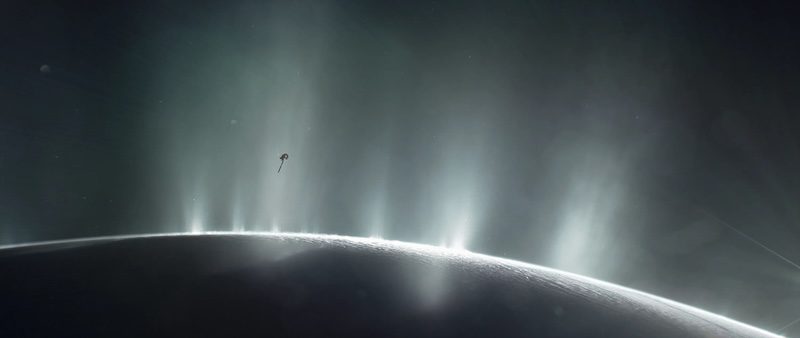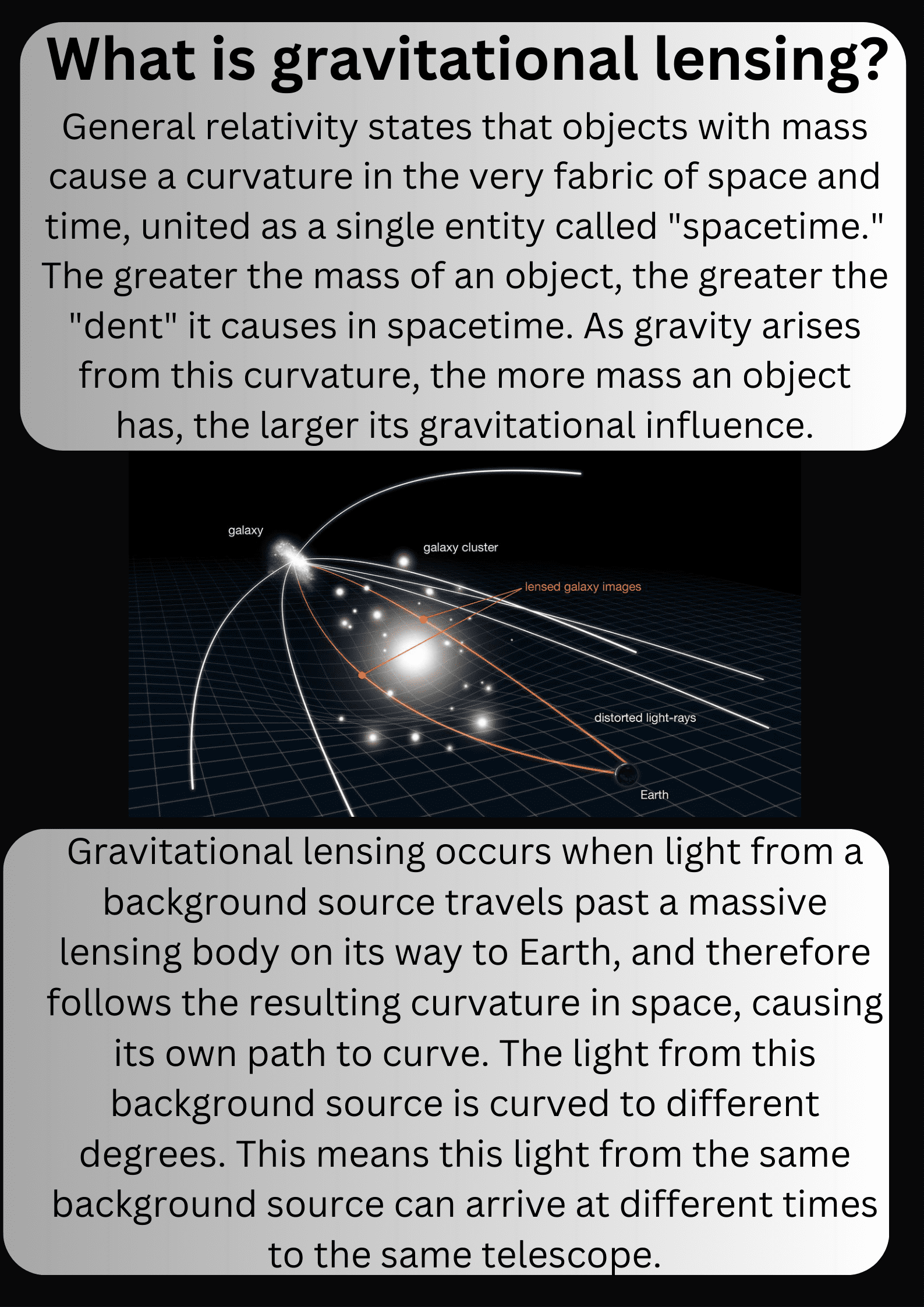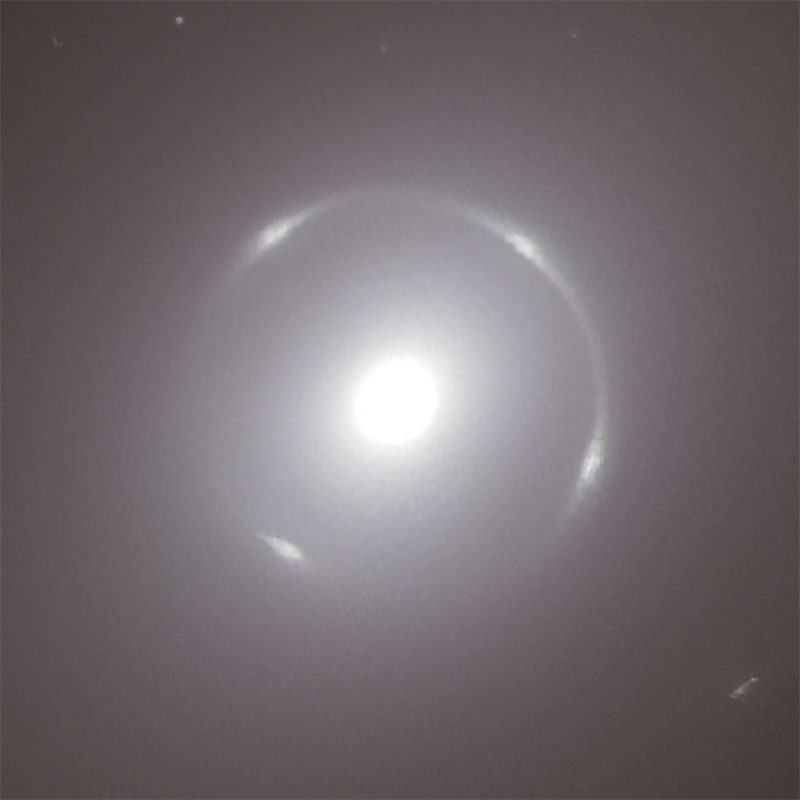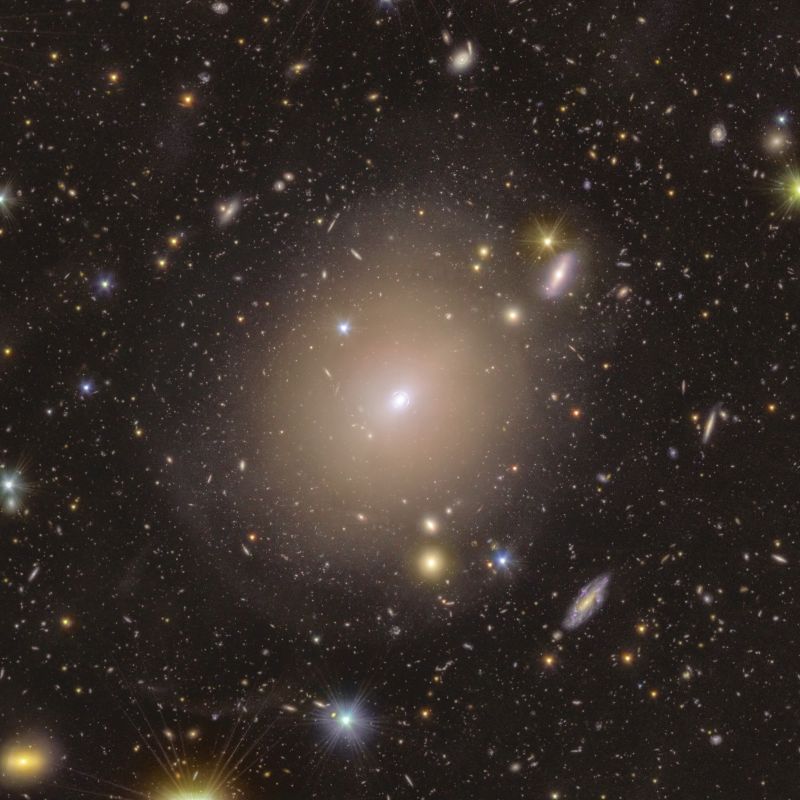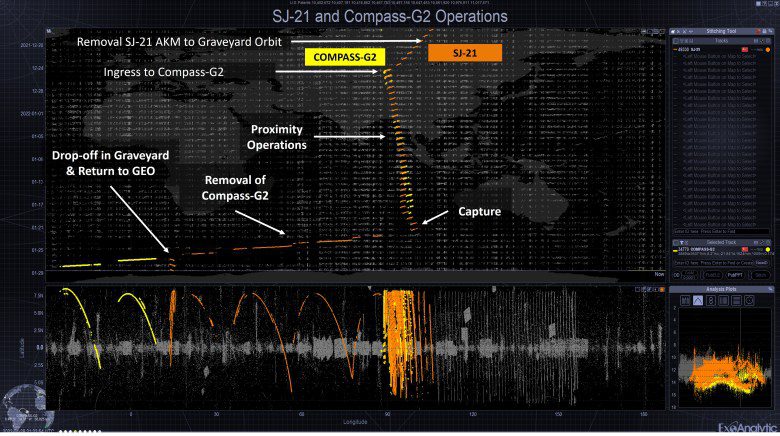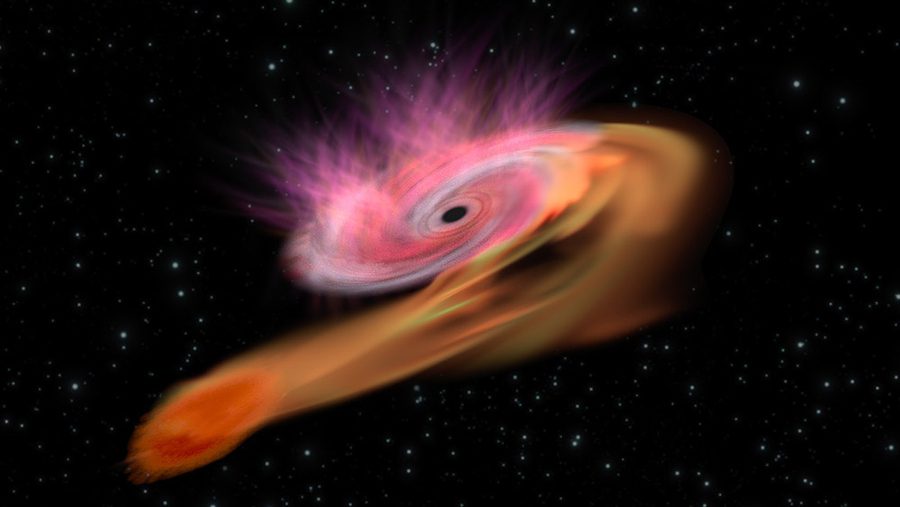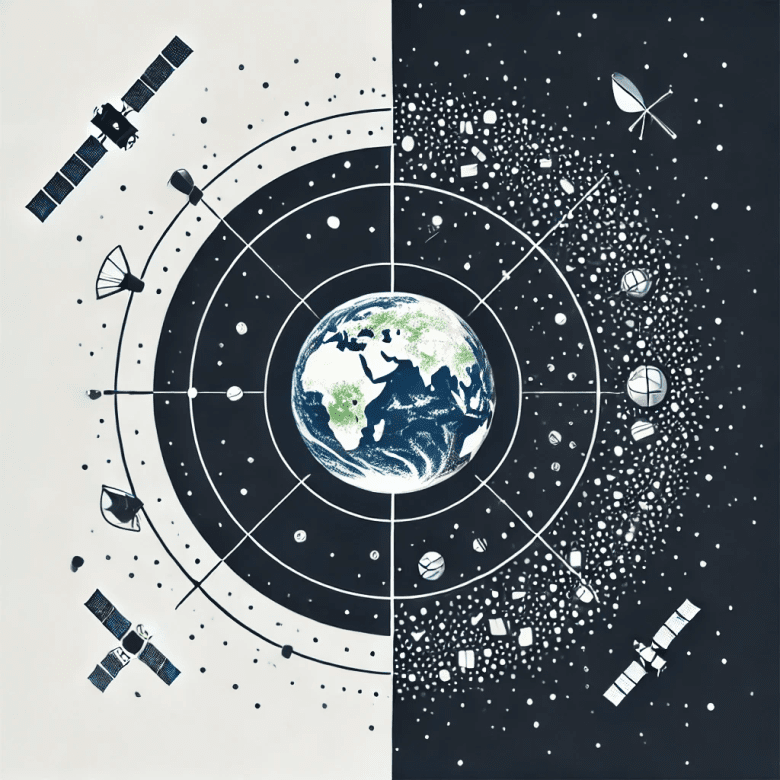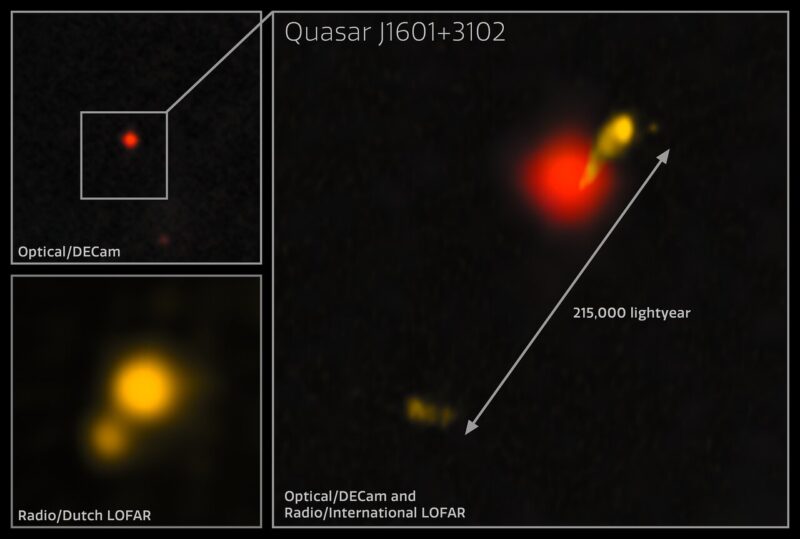Signs of life on Enceladus might remain hidden in its ocean
View larger. | Artist’s illustration of Cassini spacecraft flying through the water vapor plumes of Enceladus. A new study from researchers in the UK has found that Enceladus’ subsurface ocean might have layers that make it difficult to find traces of life on Enceladus. Image via NASA/ JPL-Caltech/ Space Science Institute. Saturn’s moon Enceladus has … Read more
